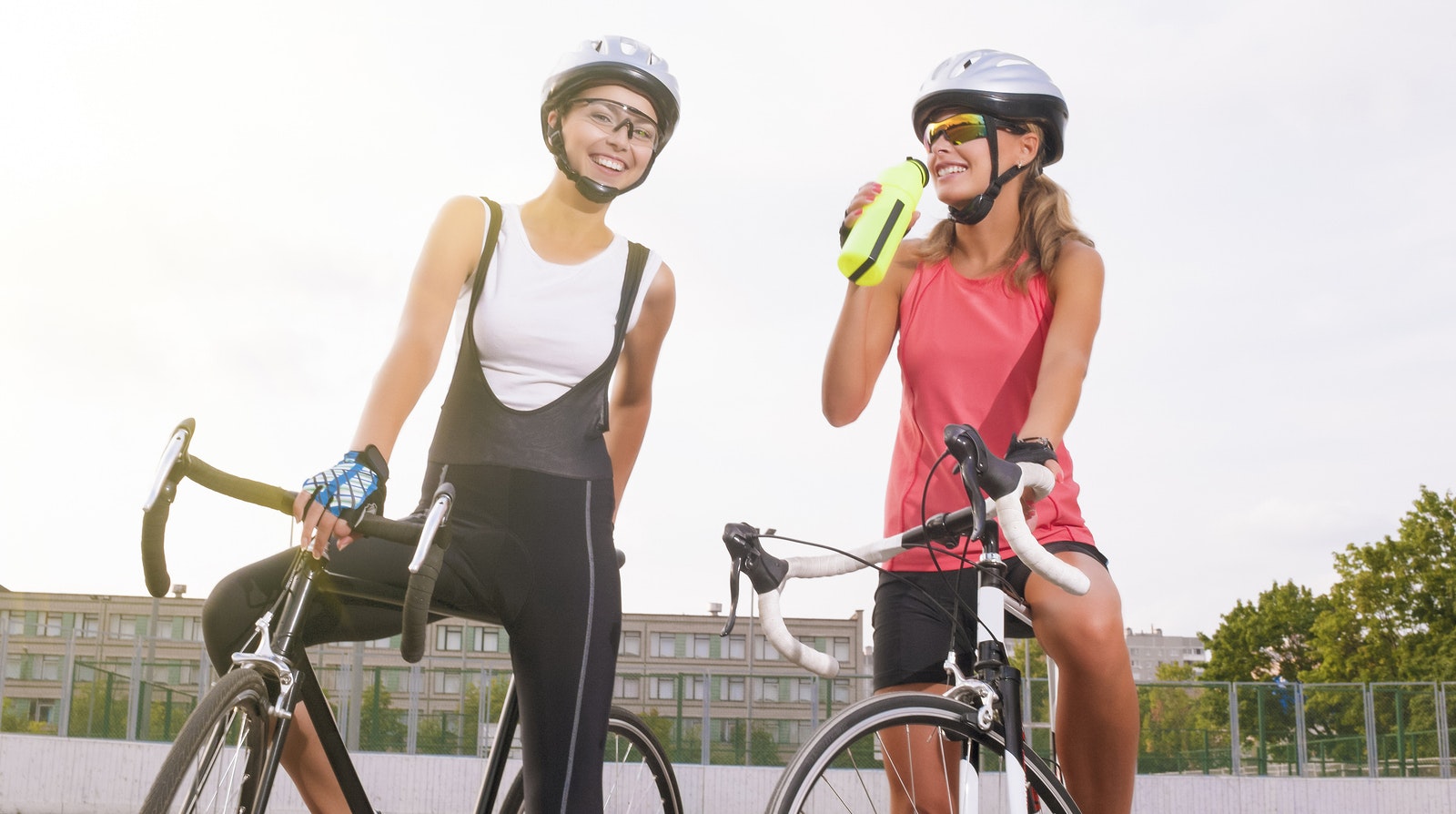
World Bicycle Day is celebrated around the corners of the world on 3 June 2020, Wednesday. This year we celebrate the Third World Bicycle Day with Pilates for cyclist.
Body positioning on the bike can speak a lot about your current fitness level. Give it a thought and read on. Most of us forget about proper posture and alignment during our daily living. We slouch, hunch our shoulders and reach our heads forward while driving our cars. We carry many of these same bad body mechanics over into our workouts, ending up with pain. Look around your next workout class and you will see these body patterns begin to appear, especially as the participant begins to fatigue. In Pilates all movements are generated by the powerhouse (located in the centre of the body).
Joseph Pilates’ believed that “the mind moves the body” and therefore all Pilates exercise begin with proper alignment before movement. What is most important is to become aware of your body , so even if you fall out of alignment, you know how to bring yourself back. So the next time when you get on a bike, give a thought on how you body is positioned on it. Pilates practice can teach you how to achieve alignment before moving and to move consciously with body awareness.
There is completely no doubt that Pilate increases core strength and stability and provide overall flexibility. As a cyclist having better core strength and stability can lead to improved performance on the bike. If your core is stable, your body can devote most of its energy and power into your legs. Additionally, if your flexibility improves your risk of injury is lower and your body can recruit the proper muscle groups more efficiently.
Muscles Used in Various Stages of Cycling
Below is a list of a few Pilates principles that you can carry over to your workout routine. Beginning the alignment from the feet and ending with the head you should cue yourself to check your alignment often, especially when in standing positions or working hard in the seated position.
- Make sure to press through the big toe and ball of the foot as you pedal. Keep the knee and 2nd toe aligned.
- Sit with your sits bones evenly placed on the saddle and maintain this position while pedaling in a seated position.
- Draw your ribcage in line with your pelvis and engage your abdominal muscles.
- In hand positions 1 & 2 make sure to keep your shoulders away from your ears and down your back.
- Reach long through the crown of your head.
These cues are a first step to incorporating some of the Pilates principles with your cycling program. The more you learn about Pilates exercise, the more you will see how the exercises can be used to help condition the body for many types of sports and activities.
Enjoy cycling!
